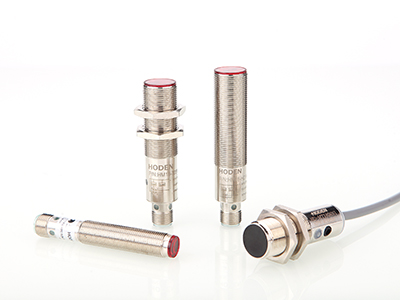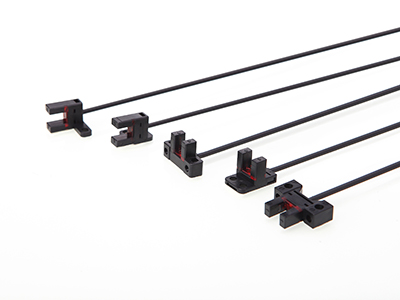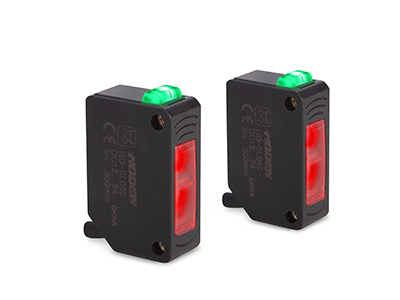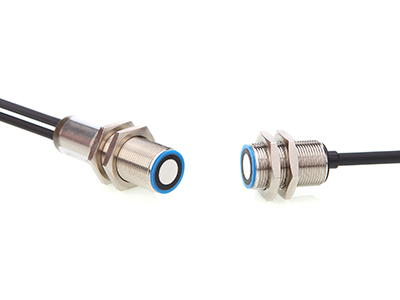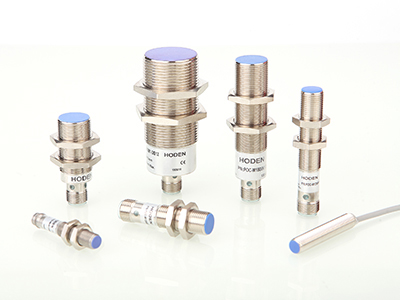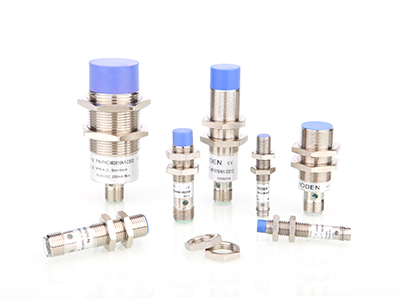26
2024/04
Introduction to the types and uses of photoelectric sensors
Mounting a light emitter and a receiver face to face on either side of a slot is a trough optoelectronic. The illuminator emits infrared or visible light, and the light receiver receives light in an unobstructed condition.
Source : Hoden Information
26
2024/04
Application of high pressure proximity sensor principle
The high-pressure proximity sensor is widely used in life. It is mainly used in the fields of booster cylinder, supercharger, gas-liquid booster cylinder, gas-liquid booster, press, compressor, air-conditioning
Source : Hoden Information
26
2024/04
Sensor frequency response characteristics and accuracy
The frequency response characteristics of the sensor determine the range of frequencies being measured and must remain undistorted within the permissible frequency range. In fact, the response of the
Source : Hoden Information
26
2024/04
What is the difference between a proximity switch and a photoelectric sensor?
The magnetic core inside the proximity switch passes through the metal to change the internal oscillation circuit and output a signal. Suitable for detecting metal objects with relatively close distances.
Source : Hoden Information
26
2024/04
The function of the sensor is compared to the human sensory organ
According to its basic sensing function, it can be divided into thermal sensor, photosensitive element, gas sensor, force sensor, magnetosensitive sensor, humidity sensor, sound sensor, radiation sensor,
Source : Hoden Information
26
2024/04
More common sensors
Most of the thermal resistances are made of pure metal materials. Currently, platinum and copper are the most widely used. In addition, thermal resistances such as nickel, manganese and tantalum have been used.
Source : Hoden Information



